Scott takes us through his thoughts on the impact which JumpStart will have on Arena, and mulls over why certain cards didn’t make the cut to Historic.
Now that Core Set 2021 preview season is done, it’s already old news. It’s Jumpstart’s time in the spotlight now!
I realize that might sound wild, but we’re essentially in perpetual spoiler season these days. Once Jumpstart previews are finished we’ll soon have Double Masters, followed shortly by Zendikar Rising, and I don’t doubt we’ll see a half-dozen Secret Lairs in-between to bridge the gaps. Product fatigue and the risk of creator burnout aside, there’s one thing I didn’t expect from Jumpstart: the immediate and shocking impact it will have across formats.
In this article I’ll be taking a look at Historic and Jumpstart, how one affects the other, and what we should expect when they collide.
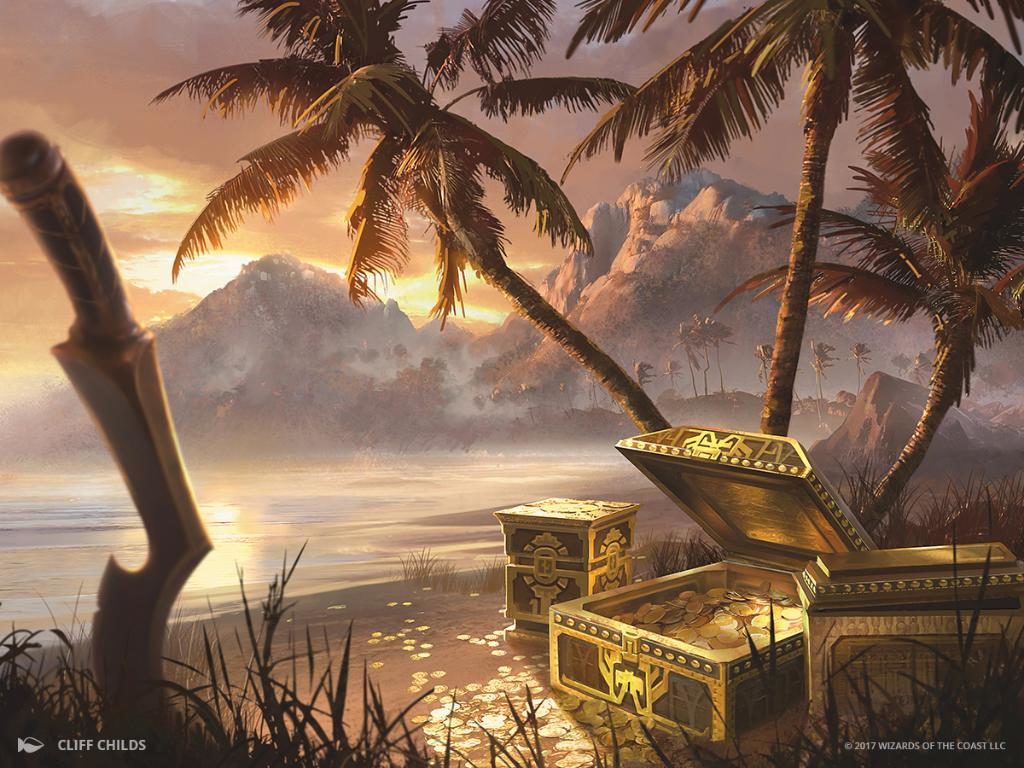
Treasure Cove by Cliff Childs
What are Historic & Jumpstart?
Historic is MTG Arena’s digital-only eternal format. The cardpool starts from Ixalan onwards, with occasional mini sets—called “Anthologies”—added to give the format its own unique identity. It’s also the only format with a “Suspension List”; a ban list of sorts, on which they can temporarily place problematic cards to see if it’s worth banning and removing them fully.
Historic’s strength is truly in its form as a digital format. If Wizards want to add cards to it, they don’t need to go through the same long process as a paper-printed set. Similarly, rather than waiting to ban a problematic card, they can apply the change immediately with minimal impact to the players. They’ve even introduced answers to powerful cards, rather than banning them: Goblin Ruinblaster, Virulent Plague, and Ghost Quarter were added as a way to combat Field of the Dead, for example.
Jumpstart is a new set, intended to play somewhere between Limited and Constructed. You take two special packs (that have lands included), shuffle them together, and play. You can find all of the info here:
Jumpstart is a New Sealed/Preconstructed Hybrid Product, Releases July 3, 2020
Historic is Written by the Victors
With roughly five hundred cards in the set, JumpStart is all but guaranteed to flip the Historic format on its head. It could well make new archetypes viable, but also, and maybe more importantly, highlight some potential problems.
A Historic Invitational is due to be held in August, where some of the best players in the world will battle it out in Arena for our entertainment—and a cash prize! The same thing will happen in this tournament as happens in every new or open format: when big events are planned, people’s spikier competitive sides come out. Pair this with a huge influx of new cards, and the format will become a race to the bottom, quickly distilling down to a largely-solved, and hopefully healthy, metagame. This distillation period is when the format will be at its best: nothing is off the table, and anything goes. If nothing is too problematic, it’s possible that the format won’t even be close to solved by the time of the invitational, meaning it’ll be a deep and diverse experience.
I’m worried that we may face some problems, though.
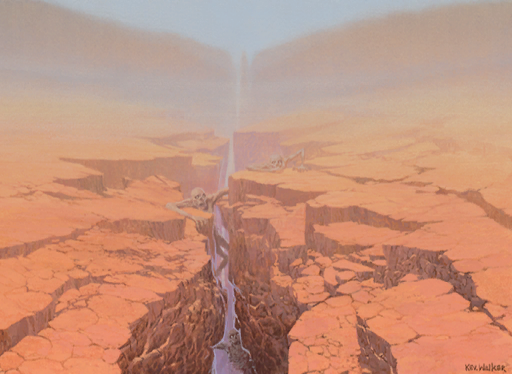
Field of the Dead by Kev Walker
As it stands, Field of the Dead decks are a noticeable pillar of the format. The card was suspended previously for being difficult to deal with, with its inevitability pushing midrange and control decks from the format. Wizards eventually deemed it fine, unsuspended it, and added the previously mentioned hate pieces to Historic Anthology II. It’s been largely under control due to Winota, Joiner of Forces decks running rampant, but thanks to a recent suspension of the Boros legend, Field decks are primed to surge back.
Usually I’d be happy to let the new set drop and see how things take shape, but some of the cards in Jumpstart might make Field of the Dead even more powerful. Oracle of Mul Daya is a much-needed reprint for Commander, but may prove to be a huge boost to the deck. Pair this with Azusa, Lost But Seeking from M21 and we are making four land drops a turn, with the ability to play lands from the top of the deck. Considering we’re also getting Craterhoof Behemoth, I worry that Historic is being filled with too many ramp enablers and payoffs. Even if Field of the Dead ends up being less problematic than I fear, we’ll still have potential turn four Ugin, the Spirit Dragons and Ulamog, the Ceaseless Hungers to worry about.
Historically Relevant
Jumpstart will be coming to Arena, and all cards brought to the platform are legal in Historic. The devil is in the details, however: not all Jumpstart cards will be coming to Arena in the first place. Early into preview season, Wizards mentioned that twenty cards from the set will be swapped with other cards for Arena; this is presumably due to either power level, or difficulty in programming certain effects.
There are a few take-aways from this, the first being that the team for Jumpstart and the Arena team likely didn’t work closely on this project. Adding Jumpstart cards to Historic feels like an afterthought; this may have been decided just weeks into the set’s design, but it still shows. Had it been carefully planned with the appropriate teams, then it would have made sense to add more balanced cards to the set in the first place, rather than create two different lists.
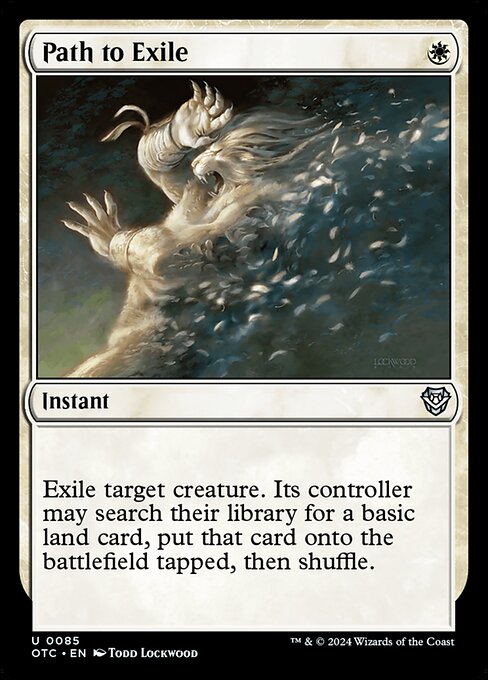
I’ll use Path to Exile as an example. It’s one of the cards that will be in paper Jumpstart packs, but won’t be on Arena. While it is a welcome reprint, we could have seen Pioneer staple Declaration in Stone in its place; as Wizards’ plan to have Pioneer on Arena eventually, this would have made their job easier and caused less confusion. They could still use it as Path to Exile’s replacement on Arena, but they also could have avoided the disconnect between digital and paper sets in the first place.
Another take-away from this: they appear to have a clear vision of what Historic’s power level should be. Certain cards are being swapped out due to their power level, and when we examine the cards they’re removing, we get an insight to what they imagine Historic should be. Let’s take a closer look at a few of the non-Arena Jumpstart cards, specifically some of the less obvious inclusions, in an effort to understand the reasons behind their exclusion.
JumpStop, Hammer Time
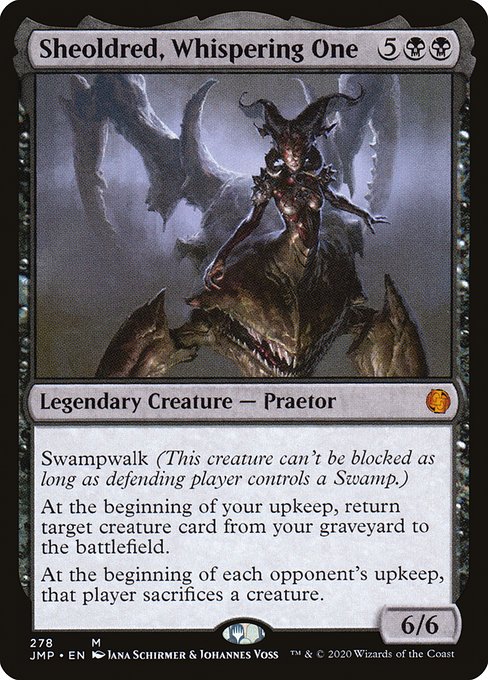
Some cards are more obviously too powerful to add; Sheoldred, Whispering One and Exhume would warp the format around reanimation strategies, for example. Lightning Bolt is another card presumably considered to be too powerful, which is a tad more controversial. There have been countless arguments over the years whether Lightning Bolt is a format-defining or format-warping card, but some time ago Wizards had mentioned that Bolt was too good for Standard. They had said the same about Llanowar Elves, but Dominaria showed that nothing is sacred. The removal of Bolt from digital Jumpstart however, is a firm reinforcement that not only do they deem it too powerful for Standard, but Historic, and possibly Pioneer too.

Let’s turn to Thought Scour next. This is one that struck a chord with me in particular. As some of you may know, I’m among the world’s biggest Arclight Phoenix fans, and I tend to force Izzet Phoenix in all formats. Standard and Historic need another cantrip alongside Opt to attain the card velocity needed for the birds to fly, and Crash Through is a mediocre replacement. So why did they remove it? Cantrips can be risky to include in many formats as they lead to a frightening level of consistency, but this one can be especially problematic in Historic. Not only can this enable an escaped Uro, Titan of Nature’s Wrath at a frightening pace, but it would also increase the goldfishing rate of the Simic Nexus decks. Goblin Lore is another card that you can apply this reasoning to, though to a lesser extent I’ll admit.
Presumably, some of the cards are not coming to Arena due to coding issues—either due to novelty or complexity, or just the Arena team ensuring they hit their deadlines. Scrounging Bandar, for example, isn’t known for its format-warping capabilities, but it might be bringing a unique action to the platform. As far as I can tell, there are no other cards currently on Arena that give you the option to transfer +1/+1 counters on your upkeep, meaning the development team would have to implement this to the game’s code for this specific card alone. For such an unremarkable little monkey, there might just be no scope to drop this into the development sprints at this time. Chain Lightning probably gets cut for this reason too, although it’s also similar in power level to Lightning Bolt, so who really knows?
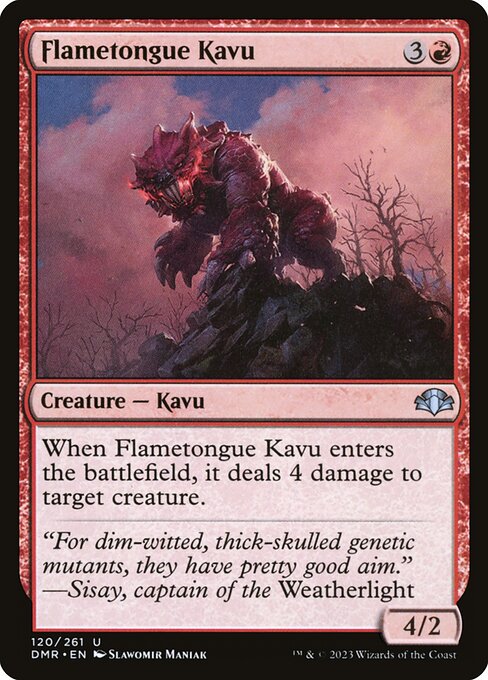
Flametongue Kavu is a much-loved card that bamboozled many of us when it was added to the list.
How on earth is this card "too strong" for Historic on #MTGArena?
Are the people making these decisions playing the same format I am?https://t.co/rxAHPi1mO9 pic.twitter.com/qZ28mmpi9k
— Jeff Hoogland (@JeffHoogland) June 22, 2020
Initially, I thought the reason might be that playing the Kavu onto an empty board would be a rough lesson for newer players to learn, but then realized that Goblin Commando is in Jumpstart and coming to Arena anyway. It certainly doesn’t have any abilities that are not already programmed, so it’s got to be down to power level, right? Well, sort of.
Lava Coil is legal and deals four damage for two mana, so what’s the difference? Well, it might be that it’s considered format-warping like Lightning Bolt, prompting smaller creatures to be played less frequently. Equally, there’s the fact it gives a board presence that can attack for 1/5 of starting life totals, providing a huge tempo swing; Lava Coil is, after all, a one-for-one. And yes, the same point can be used for Ravenous Chupacabra, which Patrick Sullivan made in this now famous clip:
Suffice it to say, Flametongue Kavu has some issues.
All of this leaves me to wonder about the cards that are making their way to Historic, and how they justified the inclusion of cards like Craterhoof Behemoth, Allosaurus Shepherd, or even Ulvenwald Hydra in a format that includes Field of the Dead. There could be great reasoning behind them entering Historic, but it’s unlikely, as we’ve already established that Historic was probably an afterthought. They could have a watchlist that some of these cards are already on; if so then we’re yet to hear about it, so we’re none the wiser when using wildcards. Or perhaps they’re not too worried, because if anything is too broken they can ban them quickly anyway.
Before we Jumpstart to Conclusions
While it may seem that I’ve spent most of this article speaking warily of Jumpstart, I’m generally hyped up for it. I’m excited to see how it will impact the Historic format, especially with the world’s best players acting as a catalyst. It’s full of amazing reprints, and I feel this may be the set that finally stops the “Is ThIs CoMmAnDeR mAsTeRs?” memes. It’s even got fantastic new additions to Pauper, between new cards and downshifts. As promising as the set may seem however, I can’t help but feel cautious about it for Historic; this could be anywhere on the spectrum from Homelands to Innistrad, or even Throne of Eldraine. What a thought.
Am I being dramatic? Possibly. Then again, isn’t that what spoiler season is all about?
Scott is an Irish content creator and head of the budget division of the Izzet League. His primary focuses are Pioneer, Modern, and Pauper, and he can be found storming off on Twitch and Youtube.

